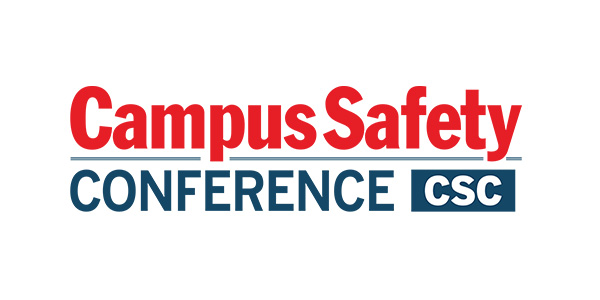Do you think the popularity of mobile platforms will help tip the scale in favor of hosted and managed video for those who might be on the fence?
Stockwell: Absolutely! I recently overheard two LP [loss prevention] directors comparing notes about how easy it was to pull up stored video on their iPhones. While neither of these companies are currently using hosted video, these individuals represent the new technology-savvy executives who embrace changing technology to provide the maximum value to their organization.
They won’t be able to do that with outdated storage devices across their enterprise. So I think it’s inevitable that they’ll eventually embrace hosted video technology.
Snow: I agree with Bob. As more people become accustomed to getting their information over mobile devices, the desire to get video surveillance on those devices is going to increase. Mobile access enables first responders, whether internal or external, to get information while in transit without having to stop and locate an available PC or computer terminal.
Van Till: I agree in theory that certainly everyone wants to see video on their mobile device. How much of this is just marketing appeal and how much is really useful has yet to be seen, however. The benefit is fairly clear for residential applications, where these systems are intended to provide peace of mind. In commercial applications, however, there is still a question of how much resolution and what frame rate is required to provide any real utility.
That’s a fai
r point. How about video alarm verification services? With demands from law enforcement changing, do you see alarm verification as perhaps another tipping point for hosted video?
Van Till: Hosting certainly makes remote verification easier by providing a uniform platform that operators can use across a wide geography.
Snow: Definitely. With the availability of video images, alarms could be verified first before alerting authorities. This could help reduce the number of false alarms that are handled by security or police forces and ultimately save money – both in taxpayer funds and fines levied on the end user – not to mention keeping law enforcement available for when an emergency happens.
Stockwell: I believe it’s a service that end users are going to need in increasing numbers as more municipalities adopt alarm verification requirements.
So once the end user is willing to hear a hosted video solution pitch, are there cautions you would advise?
Van Till: As in many emerging technology markets, there is usually a rash of flash-in-the-pan, startup players who don’t survive over the long haul. I expect that we’ll see that here.
There is wide pricing variation in the market due to a similarly wide set of underlying costs. Buyers need to scrutinize what they are actually getting. A lot of cheaper services are very low frame rate, very low resolution and very limited storage.
Snow: An option would be to use the hosted surveillance for monitoring and crisis management, which would enable the customer to share video access across time zones and geographies both across the organization and with trusted external partners.
Stockwell: Hosted video and monitored video services offer the greatest opportunity for end users to reduce a wide range of costs – from guard services to false alarm fines – while leveraging the newest hosting technologies at a fraction of the cost they would normally incur if they brought the equipment in-house.
It’s a business model that allows customers to maximize their capital investment and finally use their video surveillance systems in true proactive fashion. It isn’t a future on some distant horizon. It’s something technology-savvy security professionals are starting to put in place today.
Matthew Krebs is Business Development Manager for Axis Communication’s AXIS Video Hosting System (AVHS). He can be contacted at [email protected].






